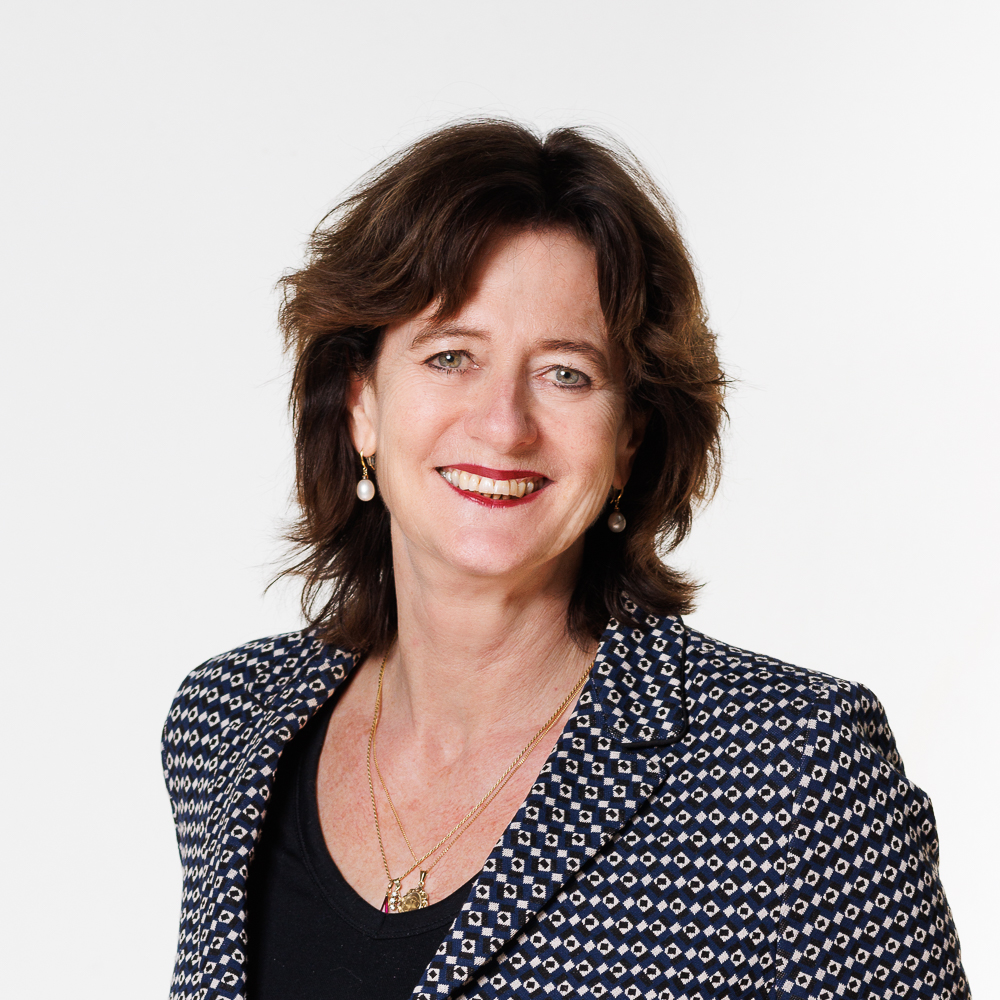ECB opens the door for larger rate hikes

The ECB announced the end of QE and signalled a 25bp rate hike in July, broadly in line with expectations. Its forward guidance also set out the prospect of sustained rate hikes, while also opening the door for larger steps. Following the ECB communication and statement, we now expect a 50bp hike in September (we previously expected a 25bp step). We stick to the view that the ECB will hike by 25bp increments in July and beyond September. This would take the deposit rate to 1% by February of next year.
ECB View: A 50bp move in September looks likely
The ECB announced the end of QE and signalled a 25bp rate hike in July, broadly in line with expectations. Its forward guidance also set out the prospect of sustained rate hikes, while also opening the door for larger steps. Indeed it noted that ‘if the medium-term inflation outlook persists or deteriorates, a larger increment will be appropriate at the September meeting’. This means that the ECB will only refrain from a 50bp step if the inflation outlook improves, which makes the larger hike look very likely.
The ECB noted that beyond September ‘based on its current assessment’ that ‘a gradual but sustained path of further increases in interest rates will be appropriate’. While that suggests 25bp steps after September is the ECB’s base line, the Governing Council is clearly open for a speedier adjustment if the inflation outlook deteriorates. It added that ‘the pace at which the Governing Council adjusts its monetary policy will depend on the incoming data and how it assesses inflation to develop in the medium term’.
Following the ECB communication and statement, we now expect a 50bp hike in September (we previously expected a 25bp step). We stick to the view that the ECB will hike by 25bp increments in July and beyond September. This would take the deposit rate to 1% by February of next year, compared to our previous forecast of 0.75%. Our expectation of lower growth next year than the ECB expects (see below), explains why we see the terminal rate at 1%, even though that is at the low end of the range of neutral rate estimates.
No urgency on fragmentation
President Christine Lagarde made it clear in the press conference that the ECB is determined to fight fragmentation, which would threaten the transmission of its monetary policy across the different jurisdictions of the eurozone. The comments continued to suggest that Plan A would be to skew reinvestments under the PEPP to guard against ‘excessive’ spread widening, while Plan B would be a new purchase tool. However, there was not much further detail from the ECB and we do not think that the ECB currently judges that we have seen ‘excessive’ widening. As such, any ECB intervention could be some way off.
Lower growth, much higher inflation
The ECB’s macro staff and Eurosystem economists also updated their projections for the economic outlook. The ECB significantly lowered its forecast for GDP growth and raised its forecasts for inflation in 2022-2024, as was expected. Headline inflation now is projected to be 6.8% in 2022, 3.5% in 2023 and 2.1% in 2024 on average (up from 5.1%, 2.1% and 1.9%, respectively). The projection for inflation at the end of the forecasting horizon has not changed, however, and remained 2.0% in 2024Q4.
The central bank’s forecasts for GDP growth during the entire period 2022-2024 have been revised lower by 1.1 percentage points in total. The forecast for 2022 now is 2.8% (was 3.7%), for 2023 2.1% (was 2.8%) and for 2024 2.1% (was 1.6%). The ECB’s forecast for inflation are somewhat below our own forecasts, whereas the ECB’s forecasts for GDP growth are above our own, particularly the growth forecast for 2023. Indeed, we expect GDP growth to slow down from close to 3% in 2022 to around 1.3% in 2023, which is well below the ECB’s projection of 2.1%.

